Environmental Regulations
The Concrete Form Oil Market is increasingly influenced by stringent environmental regulations aimed at reducing the ecological impact of construction materials. Governments are implementing policies that encourage the use of eco-friendly form oils, which are less harmful to the environment. This shift is prompting manufacturers to innovate and develop sustainable products that comply with these regulations. The market for bio-based and biodegradable form oils is expected to expand, as companies strive to meet both regulatory requirements and consumer preferences for greener alternatives. As a result, the Concrete Form Oil Market is likely to witness a transformation, with a growing emphasis on sustainability and compliance.
Technological Innovations
Technological advancements are playing a pivotal role in shaping the Concrete Form Oil Market. Innovations in formulation and application techniques are enhancing the performance of form oils, leading to improved release properties and reduced surface defects. The introduction of advanced additives and emulsifiers is enabling manufacturers to create high-performance products that cater to the evolving needs of the construction sector. Furthermore, the integration of digital technologies in the application process is streamlining operations and increasing efficiency. As these technologies continue to evolve, the Concrete Form Oil Market is expected to adapt, resulting in enhanced product offerings and increased market competitiveness.
Expansion of Emerging Markets
The Concrete Form Oil Market is poised for growth as emerging markets continue to expand their construction capabilities. Countries in Asia and Africa are investing heavily in infrastructure development, which is creating a substantial demand for concrete form oils. As these regions urbanize and industrialize, the need for efficient construction practices becomes increasingly critical. The rising middle class and urban population are further fueling this demand, leading to a projected increase in construction activities. Consequently, the Concrete Form Oil Market is likely to benefit from this expansion, as manufacturers seek to establish a presence in these burgeoning markets.
Rising Construction Activities
The Concrete Form Oil Market is experiencing a surge in demand due to increasing construction activities across various sectors. Urbanization and infrastructure development projects are driving the need for concrete forms, which in turn boosts the consumption of form oils. According to recent data, the construction sector is projected to grow at a compound annual growth rate of approximately 5.5% over the next few years. This growth is likely to enhance the demand for concrete form oils, as they play a crucial role in ensuring the smooth release of concrete from forms, thereby improving efficiency and reducing labor costs. As construction companies seek to optimize their operations, the Concrete Form Oil Market stands to benefit significantly from this trend.
Growing Demand for Prefabricated Structures
The Concrete Form Oil Market is witnessing a notable increase in demand for prefabricated structures, which are gaining popularity due to their cost-effectiveness and efficiency. Prefabrication involves the off-site construction of building components, which requires specialized form oils to ensure optimal performance during the casting process. As the trend towards modular construction continues to rise, the need for high-quality form oils that facilitate easy release and minimize surface imperfections becomes paramount. This shift is likely to drive growth in the Concrete Form Oil Market, as manufacturers respond to the specific requirements of prefabrication.


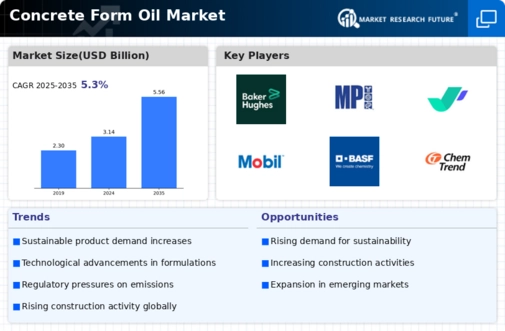
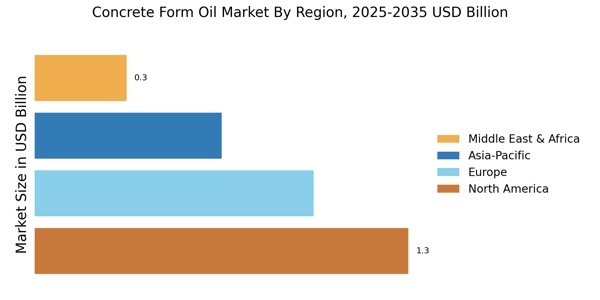

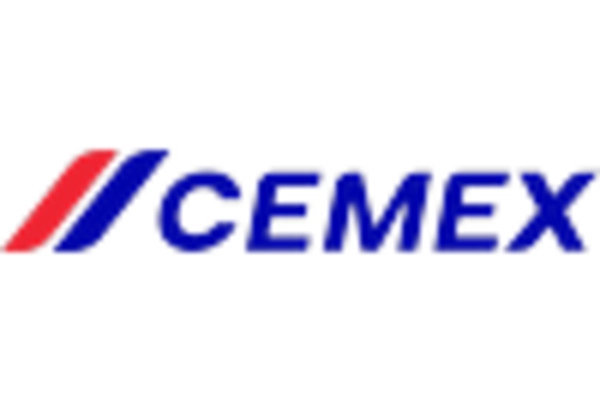
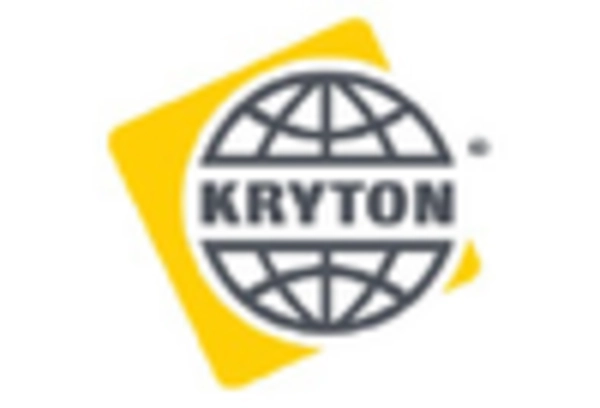
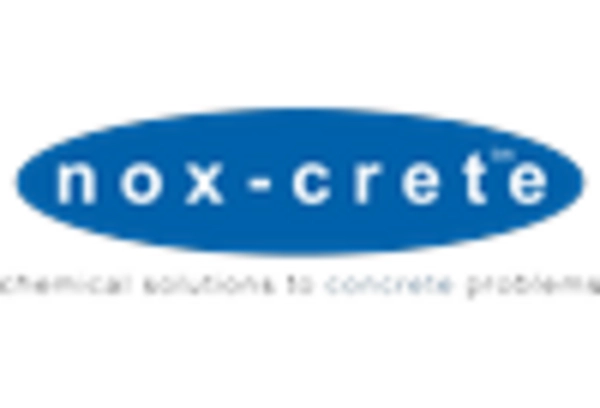










Leave a Comment